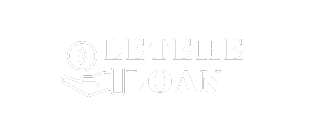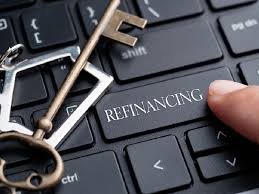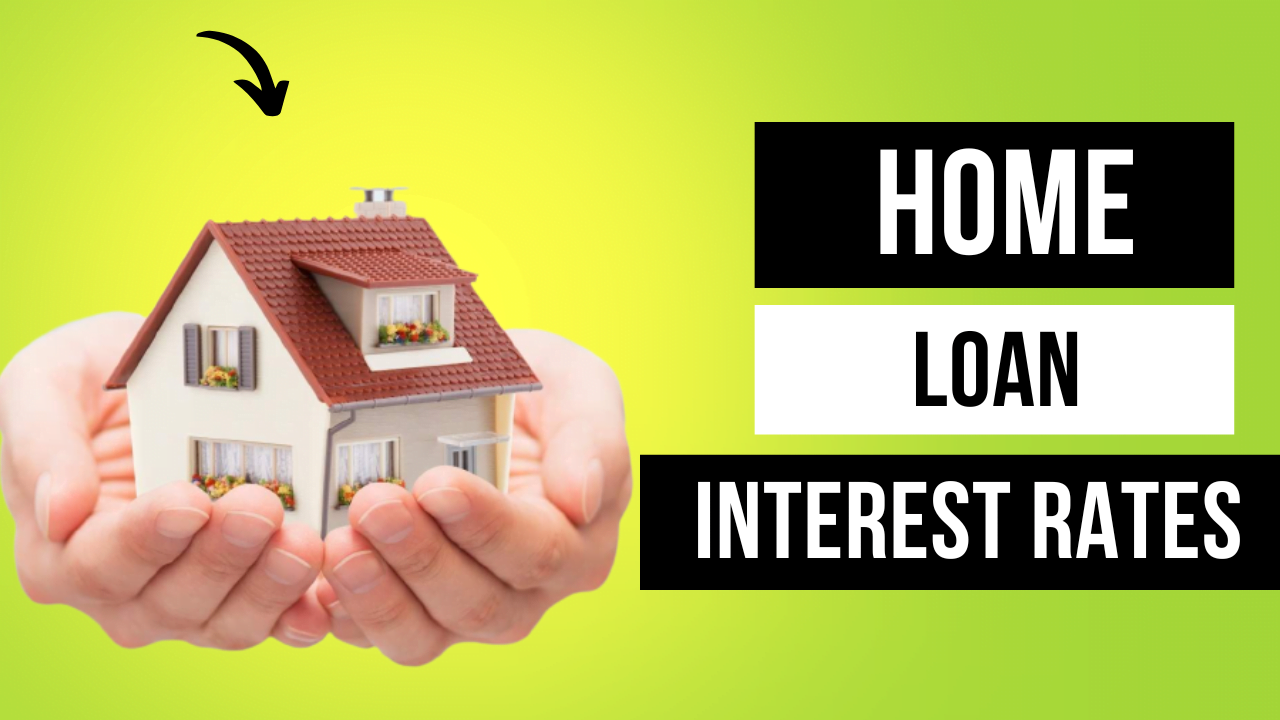Refinance rates your home loan can be an effective way to lower your mortgage rate, reduce monthly payments, or access cash from your home equity. However, navigating through the refinance process requires a thorough understanding of what refinancing entails, the various types of loans available, and the potential financial benefits or drawbacks. In this comprehensive step-by-step guide, we will break down the refinance process, offering helpful insights, and providing answers to common questions along the way.
Key Takeaway
Refinancing can offer significant financial advantages, such as lowering your mortgage rate and payment or accessing home equity. To make the best decision, it’s important to evaluate your credit score, home equity, and financial goals, and to compare lenders and loan options. Understanding the costs, terms, and process involved will help you make an informed choice that supports your long-term financial objectives.
What Is Refinance rates?
Refinancing is the process of replacing your current mortgage with a new one, typically with better terms. The goal is often to secure a lower interest rate, reduce monthly payments, or adjust the length of the loan term. Homeowners also refinance for other reasons, such as switching from an adjustable-rate mortgage (ARM) to a fixed-rate mortgage, tapping into their home equity, or consolidating debt.
When you refinance your mortgage, you’re essentially taking out a new loan to pay off the existing one. The new loan might have better terms, which could benefit you financially, depending on your goals. It is crucial to carefully assess the costs and potential savings associated with refinancing to ensure it makes financial sense.
Benefits of Refinancing Your Home Loan
Before diving into the refinancing process, it’s essential to understand why people refinance. Some of the most common reasons homeowners choose to refinance their mortgages include:
- Lowering Your Interest Rate: One of the primary reasons people refinance is to secure a lower interest rate. A reduced rate can significantly lower monthly payments and save money over the life of the loan.
- Changing Loan Term: Refinancing allows you to change the duration of your loan, either shortening it to pay off your mortgage faster or extending it to lower monthly payments.
- Switching Loan Type: If you have an adjustable-rate mortgage (ARM), refinancing to a fixed-rate mortgage can provide stability with predictable payments, especially if interest rates are rising.
- Accessing Home Equity: Through a cash-out refinance, you can access the equity in your home to pay for other expenses, such as home improvements or debt consolidation.
- Consolidating Debt: Homeowners with significant debt can use a refinance to consolidate high-interest credit card or loan balances into a single, lower-interest mortgage.
While refinancing can provide substantial benefits, it is important to carefully evaluate the costs and risks involved before moving forward.
Step-by-Step Guide to Refinancing Your Home Loan
Step 1: Determine Your Refinancing Goals
The first step in the refinancing process is to assess your financial goals. Ask yourself the following questions:
- Do you want to lower your monthly payments?
- Do you want to shorten or extend the loan term?
- Are you looking to access your home equity?
- Are you trying to switch from an adjustable-rate mortgage (ARM) to a fixed-rate mortgage?
Your answers to these questions will help you determine which refinancing option is best for your needs and whether refinancing is the right choice for your financial situation.
Step 2: Check Your Credit Score
Your credit score plays a crucial role in determining the interest rate you will receive on a refinance loan. Generally, the higher your credit score, the better the rate you will be offered. To increase your chances of securing a favorable rate, check your credit score and address any issues (such as paying down debt or correcting errors) before applying for a refinance.
Lenders typically prefer a credit score of 620 or higher for refinancing, although the best rates are generally available to those with scores above 740. Be sure to check your credit report at least 3-6 months before applying to ensure that your score is in the best shape possible.
Step 3: Assess Your Home’s Equity
The amount of equity you have in your home will significantly impact your refinancing options. Home equity is the difference between your home’s current market value and the outstanding balance on your mortgage. Lenders typically prefer that you have at least 20% equity in your home when refinancing. This ensures you’re less of a risk to the lender.
If you’re considering a cash-out refinance, having substantial home equity is crucial, as this is how you can access funds for other purposes. Conversely, if you have little equity or owe more than your home is worth, refinancing may not be an option or may come with unfavorable terms.
Step 4: Compare Lenders and Mortgage Products
Once you have a clear idea of your goals and financial situation, the next step is to shop around and compare different lenders and mortgage products. There are a variety of mortgage products available, including:
- Fixed-Rate Mortgages: The interest rate remains constant over the life of the loan, making monthly payments predictable.
- Adjustable-Rate Mortgages (ARMs): The interest rate fluctuates after an initial fixed period, which can be beneficial when rates are expected to decrease, but it also poses a risk if rates increase.
- Cash-Out Refinance: A type of refinance that allows you to borrow more than what you owe on the home, receiving the difference in cash for other purposes.
- FHA, VA, and USDA Refinancing: If you’re eligible for government-backed loans, these may offer lower interest rates and more favorable terms.
While rates and terms vary by lender, it’s important to compare annual percentage rates (APR), closing costs, and other fees associated with refinancing. Many lenders offer online tools to help you get an estimate based on your specific situation.
Step 5: Gather Your Financial Documents
To apply for a refinance, you’ll need to gather various financial documents, including:
- Proof of income (pay stubs, tax returns, etc.)
- Bank statements and asset documentation
- Current mortgage statement
- Proof of homeowners insurance
- Property tax information
Lenders will use these documents to assess your ability to repay the loan and determine your eligibility for refinancing. Be prepared to provide additional information if requested.
Step 6: Submit Your Application
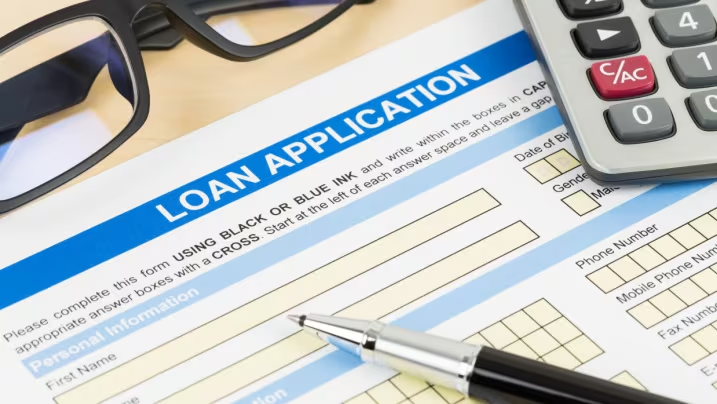
Once you’ve selected a lender, it’s time to submit your refinance application. The application process is similar to when you initially applied for a mortgage, and it may involve:
- Completing an online application
- Submitting the required financial documentation
- Undergoing a credit check
- Ordering a home appraisal
Your lender will evaluate your application and may ask for additional information during the underwriting process.
Step 7: Review Your Loan Estimate
After submitting your application, the lender will provide you with a Loan Estimate, which outlines the terms of the loan, including the interest rate, monthly payments, closing costs, and other relevant details. Review the Loan Estimate carefully to ensure that it aligns with your expectations and financial goals.
Pay close attention to the Annual Percentage Rate (APR), which reflects the total cost of borrowing, including fees and other charges. Compare this with other lenders’ estimates to ensure you’re getting the best deal.
Step 8: Close the Loan
If you accept the lender’s offer, the final step is closing. During closing, you’ll sign the final loan documents, and the new mortgage will pay off your existing loan. At this point, you’ll also pay any closing costs, which may include lender fees, title insurance, and other charges. Closing costs typically range from 2% to 5% of the loan amount.
After closing, your old mortgage will be paid off, and you’ll begin making payments on the new loan under the agreed terms.
How to Choose the Right Loan for Your Dream Home
Buying your dream home is one of the most exciting milestones in life, but it also requires careful planning, especially when it comes to financing. Choosing the right loan can make a significant difference in your homeownership experience. The right loan can save you money in the long run, while the wrong one can create unnecessary financial stress. In this guide, we’ll help you understand the various types of home loans available, the factors you should consider when choosing the right one, and how to make an informed decision.
Types of Home Loans
Before you choose the right loan for your dream home, it’s important to understand the different types of home loans available. Below are the most common loan types:
Conventional Loans
Conventional loans are home loans that are not insured or guaranteed by the federal government. They typically require a higher credit score and a down payment of at least 3% to 20%. These loans often offer competitive interest rates and flexible terms.
- Pros: Low-interest rates for those with strong credit, no private mortgage insurance (PMI) if you put down at least 20%.
- Cons: Higher credit score requirements and a larger down payment for the best rates.
FHA Loans
FHA loans are government-backed loans insured by the Federal Housing Administration. These loans are ideal for first-time homebuyers or those with less-than-perfect credit. FHA loans generally require a lower down payment (as low as 3.5%) and more lenient credit score requirements.
- Pros: Lower down payment requirements, easier qualification for buyers with lower credit scores.
- Cons: Mortgage insurance is required for the life of the loan, higher long-term costs.
VA Loans
VA loans are available to eligible veterans, active-duty service members, and surviving spouses. These loans are backed by the U.S. Department of Veterans Affairs and offer favorable terms, including no down payment and no private mortgage insurance (PMI).
- Pros: No down payment, no PMI, favorable interest rates.
- Cons: Only available to military families, limited to specific property types.
USDA Loans
The U.S. Department of Agriculture (USDA) offers loans to low- and moderate-income borrowers purchasing homes in rural or suburban areas. USDA loans require no down payment and offer lower interest rates.
- Pros: No down payment, low interest rates, and lower mortgage insurance costs.
- Cons: Property must be located in an eligible rural or suburban area, income limits apply.
Adjustable-Rate Mortgages (ARMs)
An ARM is a mortgage loan where the interest rate is initially lower than a fixed-rate mortgage, but it can adjust periodically based on the market interest rate. Typically, these loans start with a fixed rate for the first few years and then adjust annually.
- Pros: Lower initial interest rates, potential for savings if rates remain stable.
- Cons: Rates can increase, leading to higher monthly payments over time.
Fixed-Rate Mortgages
A fixed-rate mortgage offers a consistent interest rate and monthly payments over the life of the loan. The most common fixed-rate mortgages are 15-year and 30-year loans.
- Pros: Stability and predictability of payments, protection from interest rate fluctuations.
- Cons: Higher initial rates compared to ARMs, longer-term payments for 30-year loans.
Jumbo Loans
Jumbo loans are used to finance properties that exceed the conforming loan limits set by the Federal Housing Finance Agency (FHFA). These loans are typically used for luxury homes or properties in high-cost areas.
- Pros: Financing for high-value properties, flexibility in loan amounts.
- Cons: Stricter credit requirements, higher interest rates, larger down payments.
Factors to Consider When Choosing the Right Loan
Now that you know the different types of home loans, it’s important to consider the factors that can influence your decision. Here’s what to keep in mind when choosing the right loan for your dream home:
Your Credit Score
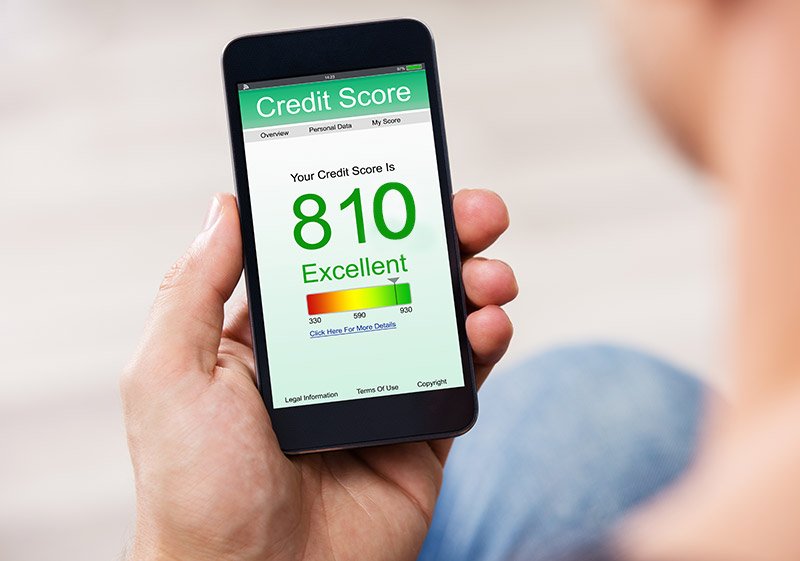
Your credit score plays a key role in determining the interest rates and loan terms you’ll be offered. A higher credit score usually translates to a lower interest rate, which means lower monthly payments and less paid in interest over the life of the loan.
- Excellent Credit (740 and above): You’ll likely qualify for the best rates and terms on conventional loans, including no PMI if you have a 20% down payment.
- Good Credit (700-739): You can qualify for competitive rates and will likely have access to FHA, VA, or conventional loans with more lenient requirements.
- Fair Credit (620-699): You may qualify for an FHA or VA loan, but you’ll need to be prepared for higher mortgage insurance costs or down payments.
- Poor Credit (below 620): Your options will be more limited, and you may face higher interest rates. FHA and VA loans may still be available, but with higher costs.
Down Payment
The size of your down payment will impact the type of loan you can qualify for and the overall cost of the loan. In general, the larger the down payment, the lower your loan-to-value (LTV) ratio, which can help you secure a lower interest rate.
- 20% Down Payment: Many conventional loans do not require private mortgage insurance (PMI) with a 20% down payment, helping you save money in the long term.
- Less Than 20%: If you put down less than 20%, you may need to pay PMI, which increases your monthly payment. FHA loans typically require a 3.5% down payment, while USDA and VA loans may require no down payment.
Loan Term
The loan term refers to how long you have to repay the loan. Common loan terms are 15 years and 30 years.
- 15-Year Mortgage: A 15-year mortgage typically comes with a lower interest rate and will help you pay off your loan faster, though monthly payments will be higher. You’ll pay less in interest over the life of the loan.
- 30-Year Mortgage: A 30-year mortgage offers lower monthly payments but comes with a higher interest rate. You’ll pay more in interest over the life of the loan, but it’s easier on your budget in the short term.
Interest Rates
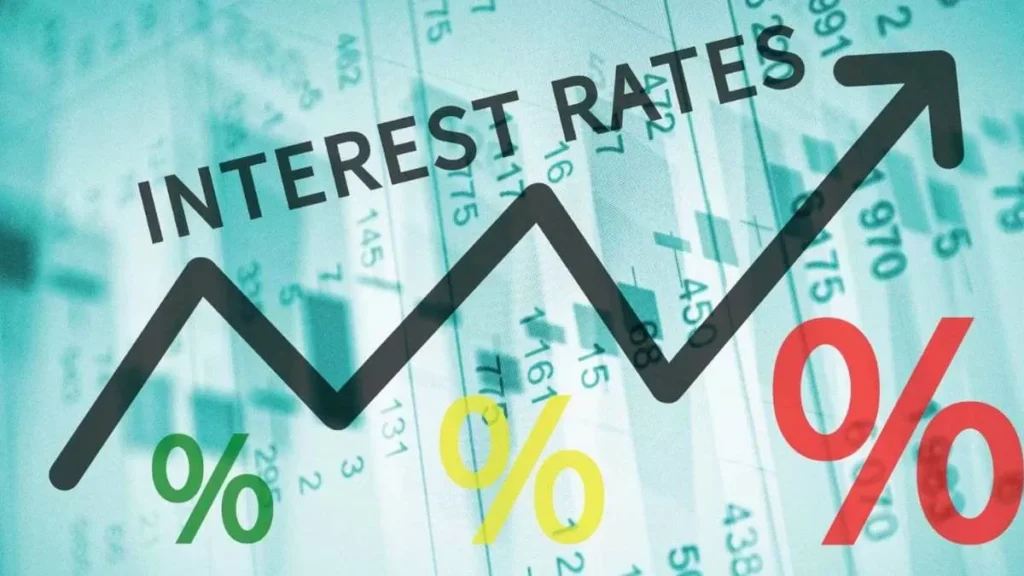
Interest rates can have a significant impact on your monthly mortgage payment and the total cost of the loan. A lower interest rate means you’ll pay less over the life of the loan, while a higher rate increases your total payments.
- Fixed Rate: A fixed-rate mortgage offers predictable payments and long-term stability. It’s a great option if you plan on staying in your home for many years and want to lock in a low rate.
- Adjustable Rate: An adjustable-rate mortgage offers a lower initial rate, but it can increase over time based on market conditions. This may be a good option if you plan to sell or refinance before the rate adjusts.
Your Long-Term Plans
Consider how long you plan to stay in your new home. If you plan to stay long-term, a fixed-rate mortgage may offer the stability and predictability you need. However, if you plan to sell or refinance in a few years, an adjustable-rate mortgage (ARM) may be a better option for lower initial payments.
Closing Costs
When choosing a loan, it’s important to factor in closing costs, which typically range from 2% to 5% of the home’s purchase price. Some loans, such as VA loans, have no closing costs, while others may allow you to roll the closing costs into the loan amount. Shop around for the best deal and get a Loan Estimate from each lender.
Lender Reputation
The lender you choose plays a major role in the success of your home buying experience. Look for a reputable lender who offers transparent terms, good customer service, and competitive interest rates. Read reviews, compare quotes, and ask friends or family for recommendations.
Steps to Choose the Right Loan
Step 1: Assess Your Financial Situation
Review your credit score, available savings for a down payment, and overall financial situation. Understand your budget and monthly payment capacity before you start looking at loan options.
Step 2: Research Loan Types
Familiarize yourself with the different loan types available, including conventional loans, FHA loans, VA loans, and USDA loans. Determine which ones you qualify for based on your credit score and other factors.
Step 3: Compare Lenders and Loan Products
Once you know which loan types you’re interested in, compare offers from multiple lenders. Consider the interest rates, fees, and terms, and look for any lender promotions that may be available.
Step 4: Get Preapproved
Getting preapproved for a mortgage helps you understand how much you can afford to borrow. It also demonstrates to sellers that you’re a serious buyer, which can help in competitive real estate markets.
Step 5: Choose the Loan That Fits Your Needs
After considering all the options, choose the loan that best aligns with your financial situation and long-term goals. Take into account your credit score, down payment ability, and whether you plan to stay in the home long-term or sell in a few years.
Also Read: Understanding Home Loans: A Beginners Guide To Getting Approved
Conclusion
Refinancing your home loan can be an excellent way to reduce your monthly payments, secure a lower interest rate, or tap into home equity for other expenses. However, the process can be complex and requires careful planning, research, and consideration of your financial goals. By following the step-by-step guide outlined in this article, you’ll be equipped to navigate the refinance process with confidence and make informed decisions that benefit your financial future.
FAQs
What is the best time to refinance my mortgage?
The best time to refinance is when interest rates are low, or when your financial situation has improved (e.g., higher credit score). Also, if your current mortgage rate is significantly higher than current rates, refinancing might be beneficial.
How much does refinancing cost?
Refinancing costs typically range from 2% to 5% of the loan amount and may include appraisal fees, title search fees, and closing costs. These costs can be paid upfront or rolled into the new loan.
Can I refinance if I have bad credit?
Refinancing with bad credit is possible, but it may result in higher interest rates or less favorable terms. Some government-backed loans, such as FHA or VA refinancing, may be more forgiving for those with less-than-perfect credit.
Can I refinance without paying closing costs?
Some lenders offer “no-closing-cost” refinancing, but these loans may have higher interest rates or fees rolled into the loan. Carefully evaluate whether this is a good option for your situation.
Is it better to refinance or make extra payments on my mortgage?
If your goal is to pay off your mortgage faster, making extra payments may be a simpler and less costly option. However, refinancing can lower your interest rate or monthly payments, making it a more appealing choice for some homeowners.
How long does it take to refinance a mortgage?
The refinancing process typically takes between 30 and 45 days, but it can vary based on factors like lender processing times, appraisal schedules, and document verification.
Can I refinance if I owe more than my house is worth?
It may be difficult to refinance if you’re underwater on your mortgage (owe more than your home is worth). However, certain government programs, such as the Home Affordable Refinance Program (HARP), may offer solutions in specific cases.
